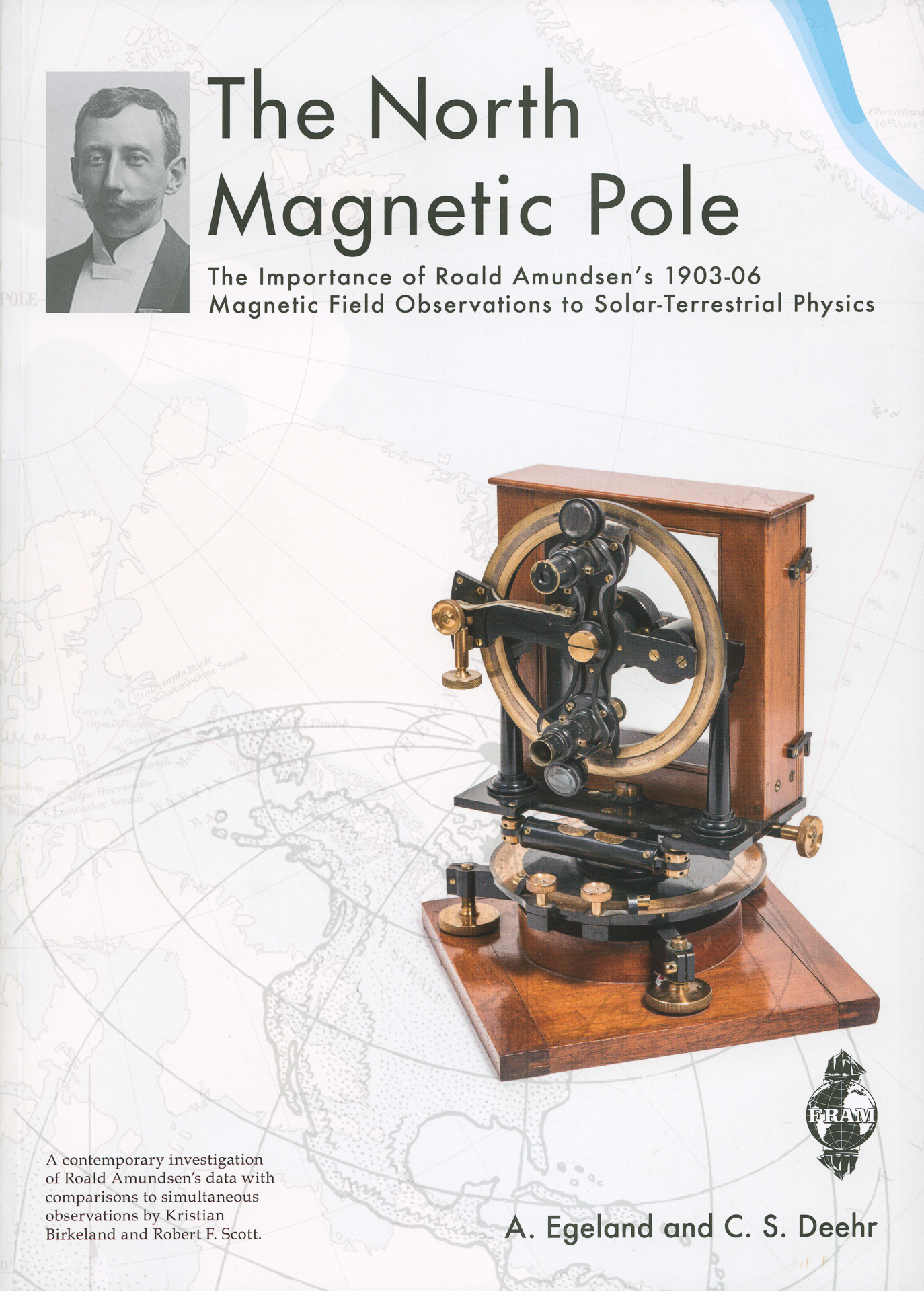Description
As the premier explorer of the Heroic Age of Exploration, Roald Amundsen was both Ship’s Captain and Chief Scientist on all of his expeditions. While no one doubted his seamanship, his abilities as a scientist have been under reported.
He expended considerable time and effort toward the scientific preparations for the Gjøa Expedition through the Northwest Passage (1903-1906). The broad range of scientific results from this expedition included significant contributions to the science of geomagnetism. He reported that the North Magnetic Dip Pole does not have a permanent location, and his nearly two year’s magnetic measurements near the pole established him and his later expeditions as an important contributor to the description of the Earth’s magnetic field.
Ironically, his observatory at Gjøahavn was located at the north end of a geomagnetic field line whose southern end was located at the expedition headquarters of his rival explorer Robert Falcon Scott’s Discovery Expedition (1902-1904) in Antarctica.
Comparison of the data from this geomagnetic conjugacy shows that Amundsen’s observations were as good, or better than those run by the famous Kew Observatory in England. Modern analysis of the observations from both stations shows that they reported effects on the Earth’s magnetic field by the interplanetary magnetic field and solar wind 50 years before it was known to exist.
Title/Tittel:
The North Magnetic Pole
Author/Forfatter:
A. Egeland, C. S. Deehr
Language/Språk:
English
Pages/Sider:
90
Year/Utgivelsesår:
2014
Publisher/Forlag:
The Fram Museum








Reviews
There are no reviews yet.